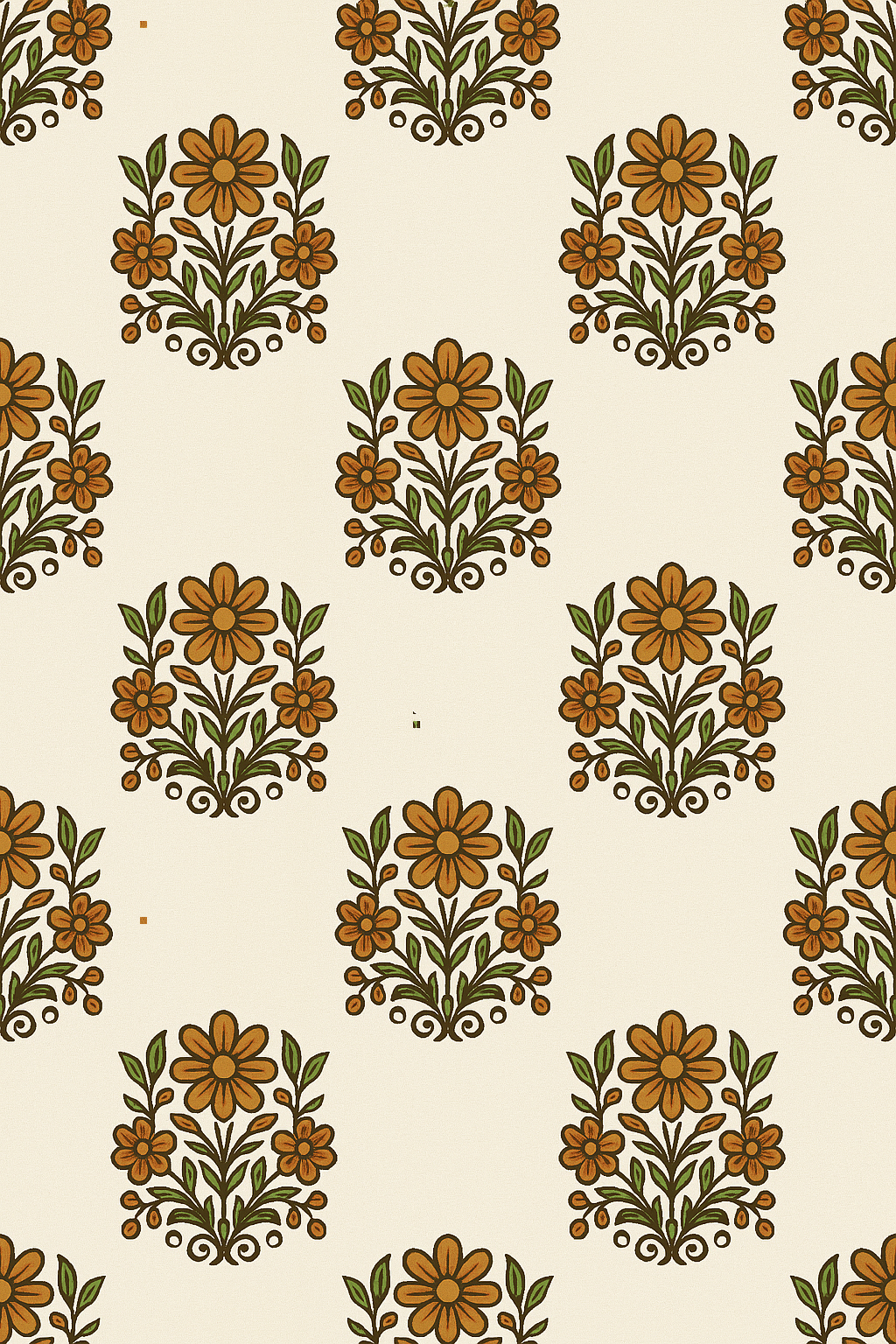Ojibwa Floral Art

The History of Ojibwe Floral Patterns
Roots in Tradition
Ojibwe floral art is more than just decoration—it is a story told through design. Originating in the 18th and 19th centuries, floral beadwork and embroidery became a central part of Ojibwe cultural identity. Inspired by the natural world—wildflowers, medicinal plants, and the forests and lakes of the Great Lakes region—these designs symbolized the deep connection between the Ojibwe people and the land.
Influence of Trade and Adaptation
The introduction of glass beads, cloth, and thread through fur trade networks influenced the development of Ojibwe floral styles. Artisans adapted traditional designs to incorporate new materials, creating intricate beadwork on clothing, moccasins, and bags. This adaptation marked a cultural blending—keeping traditional teachings alive while embracing new artistic tools.
Meaning in the Patterns
Each flower, leaf, or vine carries meaning. Some represent healing plants, while others embody growth, beauty, or the cycle of life. The flowing lines and symmetry often seen in Ojibwe floral art reflect balance and harmony within nature. These designs are not only artistic expressions but also a form of storytelling and cultural preservation.
A Living Tradition
Today, Ojibwe floral patterns continue to thrive. From beadwork to digital art, Native artisans carry forward these traditional designs into contemporary fashion, accessories, and home décor. The patterns serve as a reminder of resilience, creativity, and the enduring bond between the Ojibwe people and the natural world.



